Archaeological Institute of America
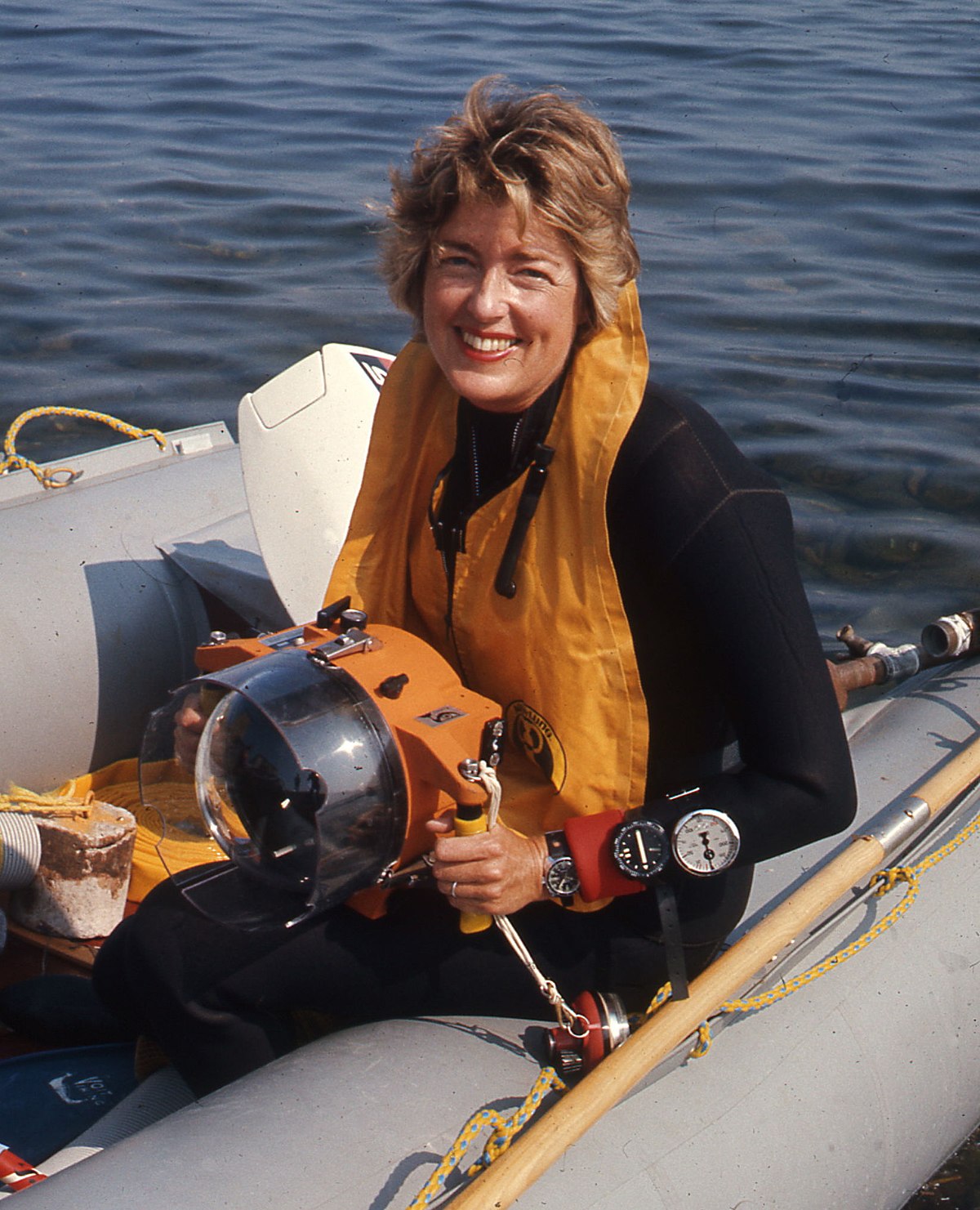
Deadline: March 15, 2025
In keeping with the Code of Ethics of the AIA, which emphasizes the need for archaeologists to publish field research, the Anna Marguerite McCann Award for Fieldwork Reports recognizes an outstanding monograph that presents results from an archaeological field project (e.g. excavation and/or survey), as recommended by the Committee, in time for presentation of the award at the Annual Meeting of the Institute. Nominees may be single- or multi-authored or an edited volume of collaborative research that treats data collected through fieldwork conducted at a specific site(s) or region. For full consideration, monographs should include a discussion of methods, provide clear presentations and analyses of primary data, and offer conclusions that advance archaeological research at multiple levels. Works bearing a date of publication within the four calendar years prior to (not including) the year of the Annual Meeting at which the award is made will be eligible for consideration. Authors/editors of successful nominations must join the AIA as a member, if they are not already one, once they receive the award. For multi-authored or multi-edited volumes, this requirement applies only to the primary author/primary editor/principal investigator.
AIA members are encouraged to suggest publications worthy of the award by filling out the Nomination Form. Authors and publishers may also bring their books to the committee’s attention by filling out the Nomination Form and sending an electronic copy (eBook or PDF) for distribution to the committee to the email address below. Publishers should nominate no more than two (2) books per year and should ensure that the books meet the criteria of the award. Books may be submitted for the award only once, and should not be re-submitted unless specifically requested by the committee.
Letters of nomination and publications should be received by March 15.
Notifications Procedure
The committee will review nominations and make a decision by October. This decision then needs to be approved by the AIA’s Governing Board. In November, AIA Staff will contact all nominators regarding the status of their nomination. The winner will be celebrated at the Awards Ceremony in January.
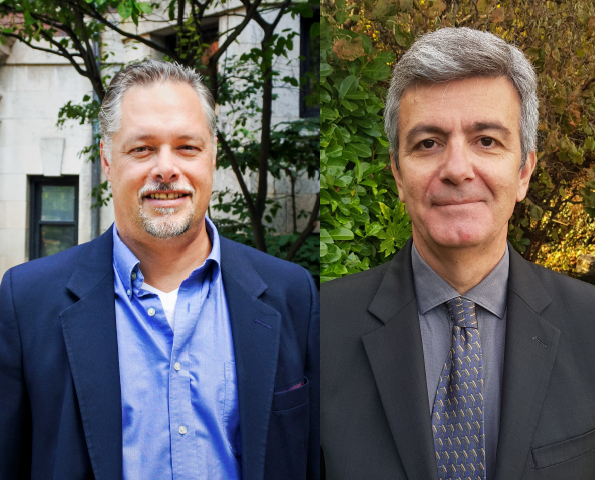
2025
The Archaeological Institute of America is pleased to present the 2025 Anna Marguerite McCann Award for Fieldwork Reports to Dr. Michael Galaty and Dr. Lorenc Bejko for their 2023 publication Archaeological Investigations in a Northern Albania Province: Results of the Projekti Arkeologjik I Shkodrës (PASH), published by University of Michigan Press. The publication is an outstanding example of exceptional fieldwork, groundbreaking conclusions, and impressive integration of open-access resources.
Overall, PASH is a model of interdisciplinary and multiregional approaches centered on the hillfort of Grunas and its relations both with Shkoder and other trade areas. The editors present clear research questions and state their potential to impact historical narratives. The goal of this project was to identify factors that led to European social inequality and PASH created a strong theoretical framework to test seven “change factors” that are consistently referenced in the interpretive sections of each chapter. This organizing structure results in admirable cohesion among the many authors; a feat rarely accomplished in archaeological publications.
A notable variety of fieldwork techniques were used to approach the research questions, including pedestrian surveys and targeted excavations at known sites and those found by the surveys. All exemplify “best practices” techniques in fieldwork, data collection, and publication. A pleasant surprise is the inclusion of a pamphlet given to local farmers introducing the project’s work and explaining the survey.
Rich supplemental materials from the fieldwork are available as open-access files on the University of Michigan’s Deep Blue Data site (e.g., site photos, survey photos, data from both excavations and surveys, documentation, and databases). This two-volume set also has a supporting website through the University of Michigan Press’s Fulcrum system that offers high-resolution images of all figures and plates. The text works with the online resources to create an amazingly integrative publication. It is a model of a high-quality archaeological publication that is complemented by online content. We anticipate that this volume and its online components will become a standard for future fieldwork publications.
Methodologically, this project’s significance is its unique combination of intensive regional survey, systematic site-surface collection, and excavations, at both settlements and tumuli. No similar projects have been undertaken in Albania or neighboring Balkan countries, so PASH’s impressive results demonstrate the efficacy of this multipronged approach. Their conclusions, based on thorough analyses of the material culture and landscape data, show that there was limited prehistoric settlement around Shkoder, but a watershed moment occurred ca. 800 BCE when signs of social differentiation first appeared. These data therefore demonstrate that social hierarchies were emerging in Shkoder and other parts of northern Albania before Greek colonies were established at Apollonia and Epidamnos. This finding marks a break from previous narratives that institutional changes leading to hierarchy were introduced to Europe from the Near East via the Aegean and Adriatic by intermediaries such as the Mycenaeans. PASH’s results therefore compel a reexamination of other sites and regions in Europe where this paradigm has been proposed.

2024
The Archaeological Institute of America is pleased to present the 2024 Anna Marguerite McCann Award for Fieldwork Reports to The Kyrenia Ship: Final Excavation Report, Volume I: History of the Excavation, Amphoras, Pottery and Coins as Evidence for Dating, edited by Mrs. Susan W. Katzev and Dr. Helena W. Swiny, and published by Oxbow Books in 2023.
This book—the first of three planned volumes—is a model of how legacy data can be re-studied and complemented by both modern analyses and new excavations. The famous Kyrenia shipwreck was discovered in 1967 and was lifted and conserved by 1971, although it was not until a decade after the passing of Michael Katzev, the original director and would-be publisher, that the editors took on the monumental task of organizing the accumulated materials and recruiting nearly 60 different researchers to apply modern methods of analysis to both old and new data. The result is a well-organized, well-written, and well-edited archaeological report that continuously maintains a self-awareness of the pitfalls of publishing old data without vigorously interrogating previous assumptions and conclusions.
The persistent attention to methods, both those considered standard in 1969 and those used for new work in 2018, is an exciting and unusual contribution. As a result, this volume is likely to be of interest to both nautical and terrestrial archaeologists well beyond those interested mainly in ancient Greek wrecks. Additionally, this lively publication is complemented by accessible 3D models that are helpful for visualizing the structure of the wreck deposited on the seafloor. Some models were derived from photogrammetry software applied to photos from the 1960s, which is a great demonstration of the reuse of old data.
This fieldwork report is written and organized in such a way that it will be accessible to a broad audience both in and outside of the field. This site’s lasting importance has already been established as part of training future generations of students in both basic and advanced excavation techniques. Furthermore, the ceramic studies in this volume will have a real impact on the greater field of Mediterranean archaeology. As contributor Mark Lawall rightly points out, the Kyrenia wreck remains the “best-documented Early Hellenistic amphora assemblage in the eastern Mediterranean.”
For all these reasons, the Archaeological Institute of America is delighted to bestow the 2024 Anna Marguerite McCann Award for Fieldwork to Mrs. Susan W. Katzev and Dr. Helena W. Swiny for The Kyrenia Ship: Final Excavation Report, Volume I: History of the Excavation, Amphoras, Pottery and Coins as Evidence for Dating.
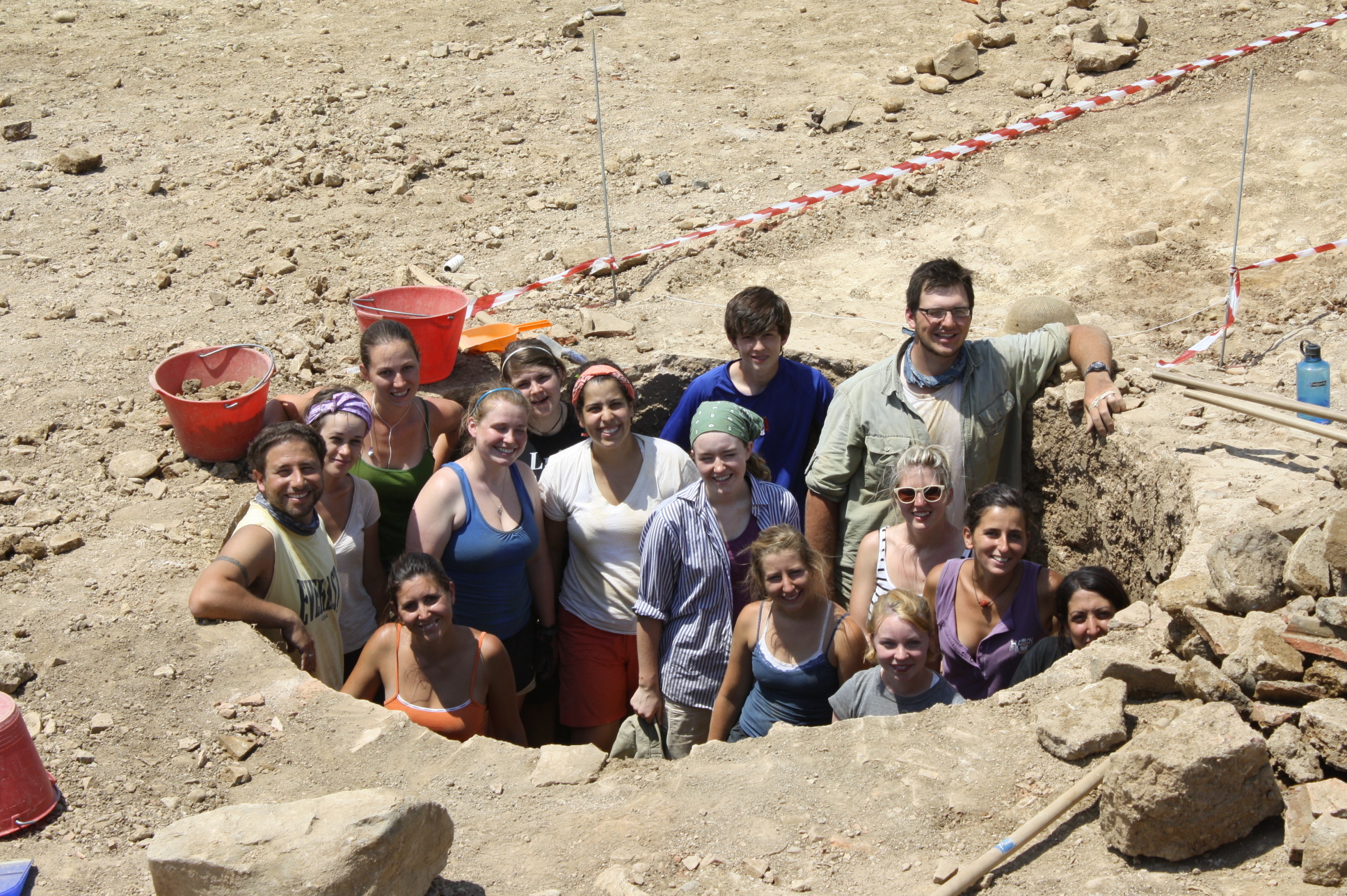
2023
The Archaeological Institute of America is pleased to present the 2023 Anna Marguerite McCann Award for Fieldwork Reports to The Roman Peasant Project 2009-2014. Excavating the Roman Rural Poor, edited by Kim Bowes (University of Pennsylvania Museum of Archaeology and Anthropology, 2020).
This two-volume set presents a well-designed archaeological project intended to test many existing assumptions or theories about the lives of the Roman rural poor and, in particular, to challenge the vision of the “timeless” peasant. Its research questions are original, problem-based, and deeply theorized, while its empirically-rooted interpretations draw on many forms of expertise to bring to life the silent majority of rural land workers. As a result, the conclusions have deep historical and methodological implications and will undoubtedly become essential reading for any scholar of ancient rural life.
The fieldwork used previous archaeological surveys in the region to identify eight surface scatters of varying sizes to excavate, anticipating that these scatters would represent a spectrum of rural dwellings from simple shelters to multi-family villages. Instead, the smaller sites turned out to be facilities for focused, sometimes seasonal, activities and the larger sites had kilns and/or other signs of craft production with indications that there were habitation areas nearby. The authors are refreshingly candid about the fact that some of their hypotheses were mistaken and follow the excavated evidence to develop new ideas and models. They propose that the countryside of Cinigiano, in southern Tuscany, experienced “distributed habitation” in the Roman period, wherein individuals may have a main dwelling but also build permanent points to solidify activities in specific places. These unexpected results complicate standard interpretations of small sites found by field surveys as houses or farmsteads, while at the same time they support new ways of understanding rural activities in ancient Mediterranean landscapes.
The first volume admirably combines field research and archaeoscience. Each site is presented as a complete unit with stratigraphic sequences set alongside remote sensing results, artifact and ecofact analyses, and hydrological/geological work to generate a fully-integrated and interpretive site history. In the second volume, synthetic chapters bring those data to bear on the project’s main research questions by focusing on different aspects of rural life, such as diet, production, and mobility. This project is highly successful in providing new interpretations outside the power dynamics between Roman elites and rest of the population and beyond the dichotomy of urban center versus rural periphery. Such relationships were largely founded on literary sources and supported by generations of historians, thus these results engage with broad debates about the role and composition of Roman peasantry.
In short, Roman Peasant Project 2009-2014. Excavating the Roman Rural Poor is an exceptional volume that embodies the highest values and principles of archaeological publication and is deeply deserving of the third Anna Marguerite McCann Award for Fieldwork Reports.
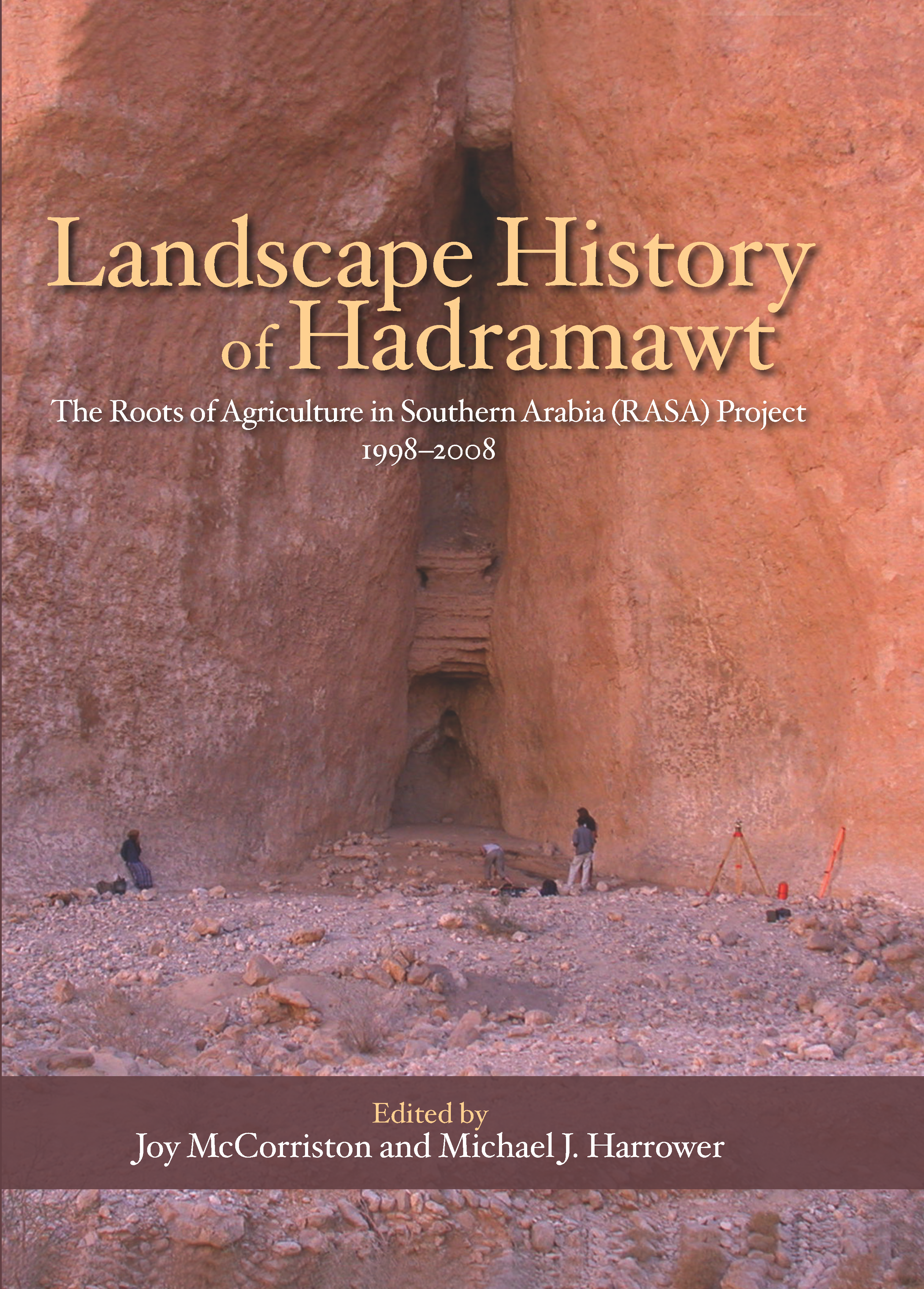
2022
The Archaeological Institute of America is pleased to present the 2022 Anna Marguerite McCann Award for Fieldwork Reports to Dr. Joy McCorriston and Dr. Michael J. Harrower for their publication Landscape History of Hadramawt: The Roots of Agriculture in Southern Arabia (RASA) Project 1998-2008 (Cotsen Institute of Archaeology Press, 2020).
Landscape History of Hadramawt is the publication of an expansive project by an American-Yemeni team working with local Bedouin collaborators in an area that is now under threat and inaccessible to archaeologists. The fieldwork combined extensive and intensive survey, test excavations, and architectural documentation with paleoecology, geomorphology, and hydrology studies to examine research questions related to the migrations of early human populations and the spread of Neolithic packages in southern Arabia. This volume’s conclusions are important not only for the archaeology of the region, but equally for its arguments about the diffusion of early domesticates and as a work of climate history that focuses on water resources to understand landscape change.
The publication celebrated here admirably demonstrates how field research, archaeoscience, and theoretical approaches can be integrated and brought to bear on topics of enduring interest for those who study the human past. This close relationship is reflected in its chronological organization which incorporates discussion of the full spectrum of evidence and argumentation for each period. Every chapter presents a wealth of well-studied, clearly described, and well-illustrated primary data that are framed to address the project’s primary research questions. This pattern is also visible in the impressive section on the use of Bayesian statistics to analyze the C14 and OSL data from sites and geological deposits in order to develop an absolute chronology for the Holocene in southern Arabia. In addition, the committee praised the reflexive discussions of the social and ethnographic context of the project itself that were woven into the text.
This work presents a vast amount of archaeological data and excels as a model of conscientious, multidisciplinary archaeological publication of the highest standard. While its conclusions are central for research on early agriculture in Arabia and society in the region’s early pastoral landscapes, they are very likely to contribute to research well beyond the AIA’s traditional core. We further laud McCorriston and Harrower for bringing this project to publication in a timely manner.
In short, Landscape History of Hadramawt is an exemplary volume that embodies the values and principles of archaeological publication and is deeply deserving of the AIA’s second Anna Marguerite McCann Award for Fieldwork Reports.
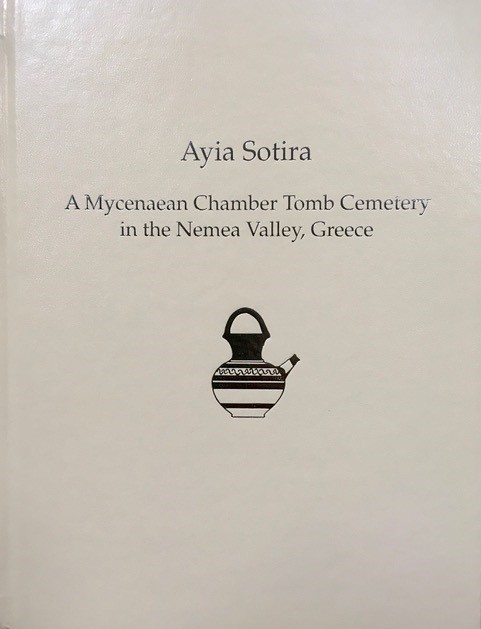
2021
The Archaeological Institute of America is pleased to present the 2021 Anna Marguerite McCann Award for Fieldwork Reports to Ayia Sotira: A Mycenaean Chamber Tomb Cemetery in the Nemea Valley, Greece, by R. Angus K. Smith, Mary K. Dabney, Evangelia Pappi, Sevasti Triantaphyllou, and James C. Wright, with contributions by Panagiotis Karkanas, Georgia Kotzamani, Alexandra Livarda, Camilla MacKay, Maria Ntinou, Maria Roumpou, Alan M. Stahl, and Georgia Tsartsidou (INSTAP Academic Press, 2017).
Ayia Sotira incorporates an integrated archaeological approach to the investigation of several modestly appointed chamber tombs of Late Helladic IIIA- Late Helladic B date (14th-13th century B.C.), likely associated with the Mycenaean settlement of Tsoungiza in the valley of Old Nemea. The site of Ayia Sotira was discovered in the 1980s, in the course of intensive surface archaeological survey conducted under the auspices of the Nemea Valley Archaeological Project.
The publication here celebrated is admirably international in respect to its personnel, as well as truly interdisciplinary, not merely multi-disciplinary, with its many specialized studies integrated into the text rather than lost in appendices. The application of stratigraphic micromorphology is a significant contribution to the book, and offers readers an excellent case study in a context where hard-to-distinguish fills, cuts, and re-fills are of major interpretive importance. Also praiseworthy is the incorporation of systematic paleobotanical and phytolith analysis.
Ayia Sotira stresses the active and continuous role these tombs played in community life, with regular episodes of re-opening and the manipulation both of human remains and grave goods. We commend the authors for their efforts to understand not just assemblages but practices and rituals related to burial, especially in the case of collective tombs. We finally laud Smith, Dabney, Pappi, Triantaphyllou, and Wright for bringing the project to publication rapidly and for crediting both students and workmen in descriptions of each excavation area.
Ayia Sotira represents values and high standards of publication befitting the AIA’s inaugural Anna Marguerite McCann Award for Fieldwork Reports.
Notifications